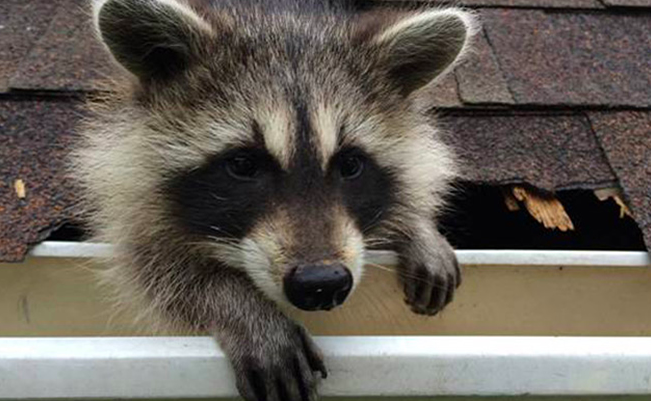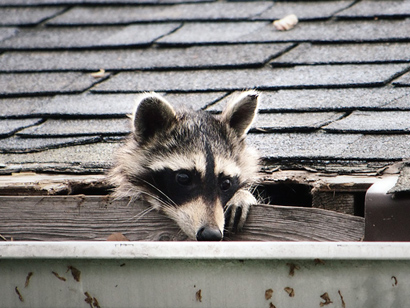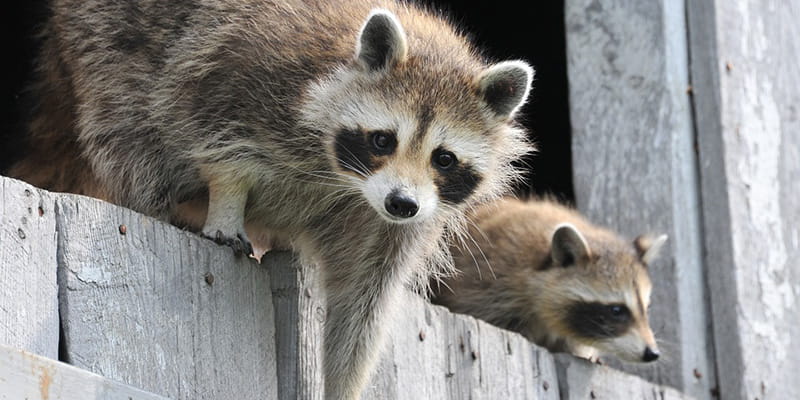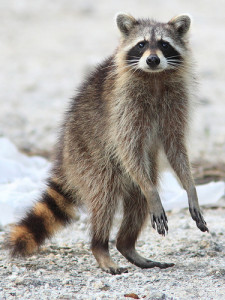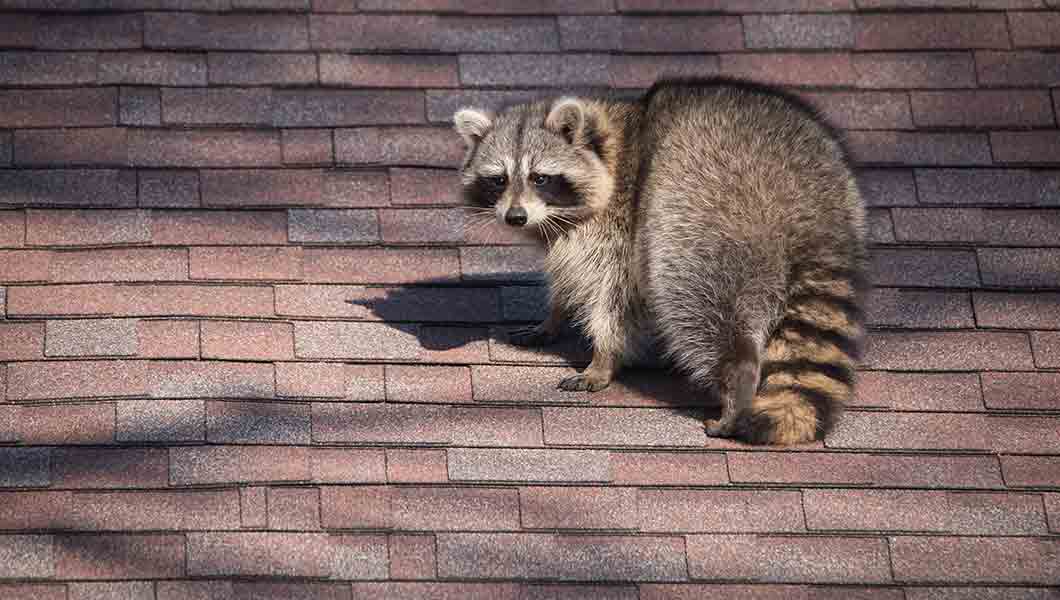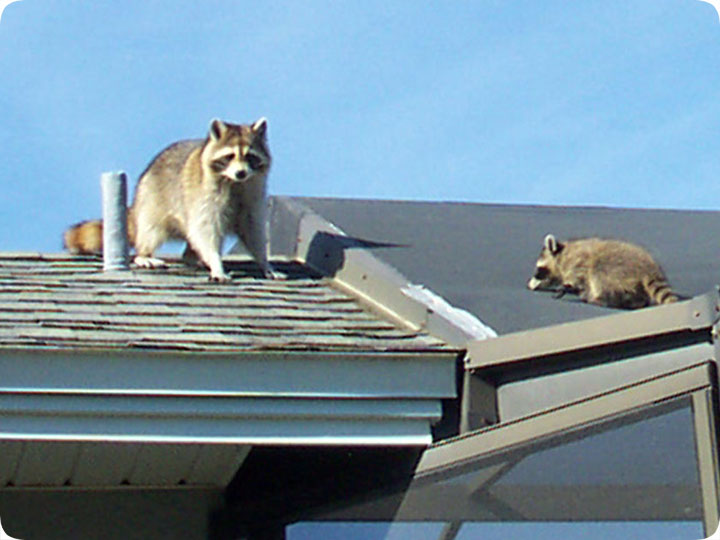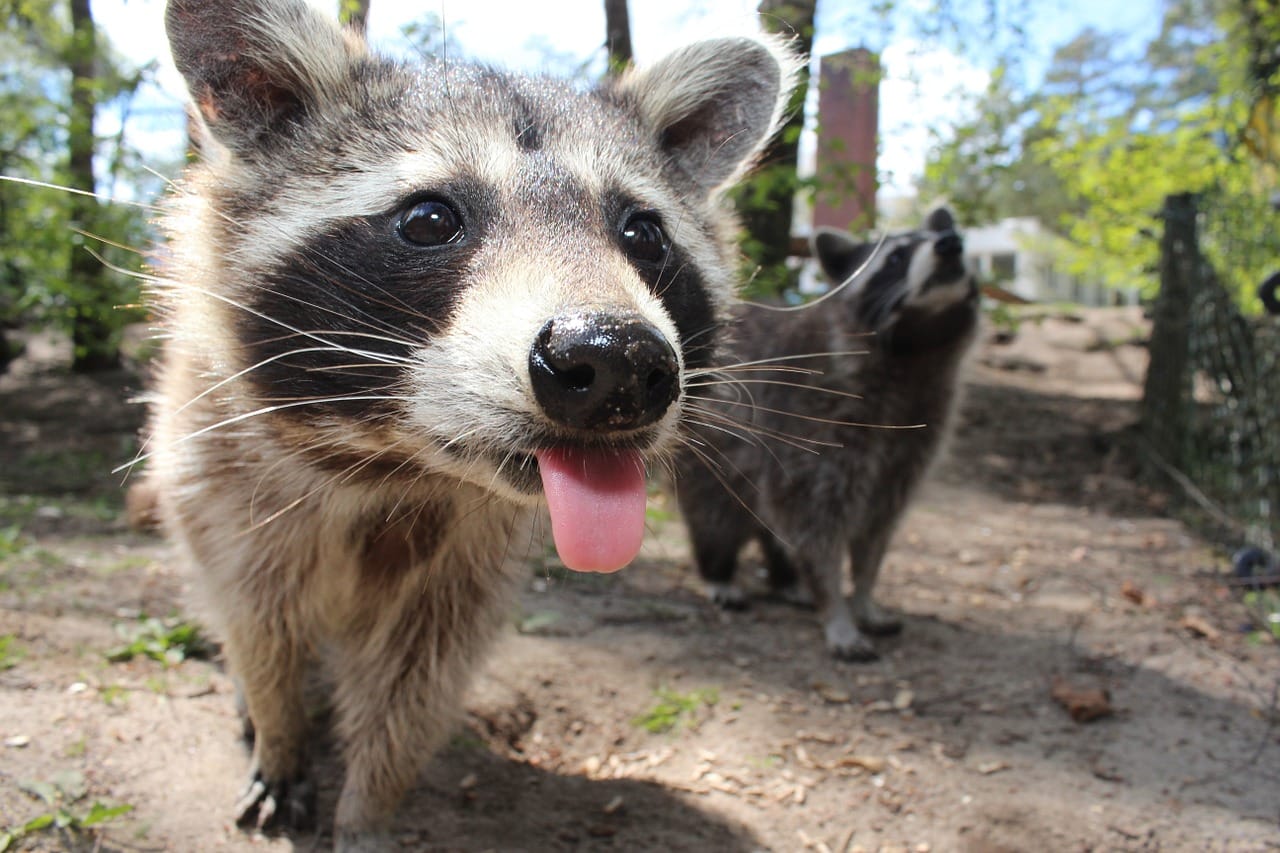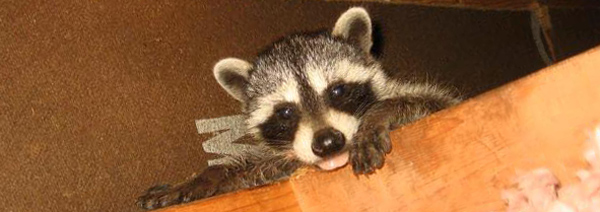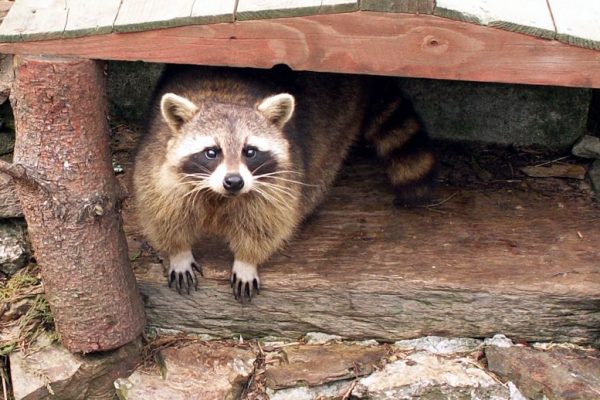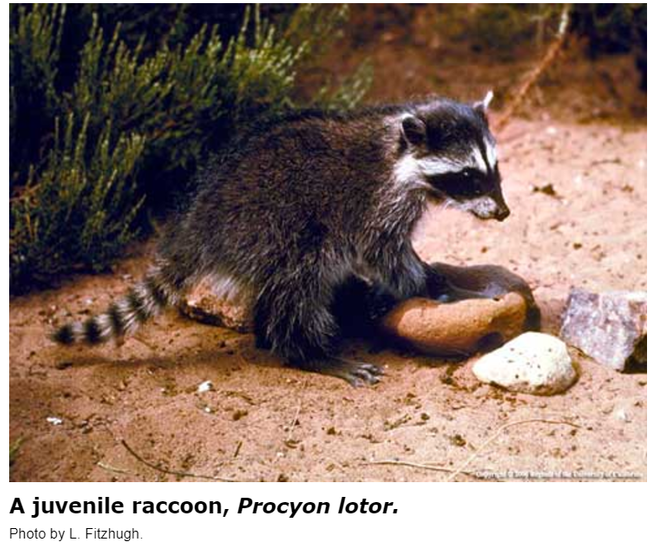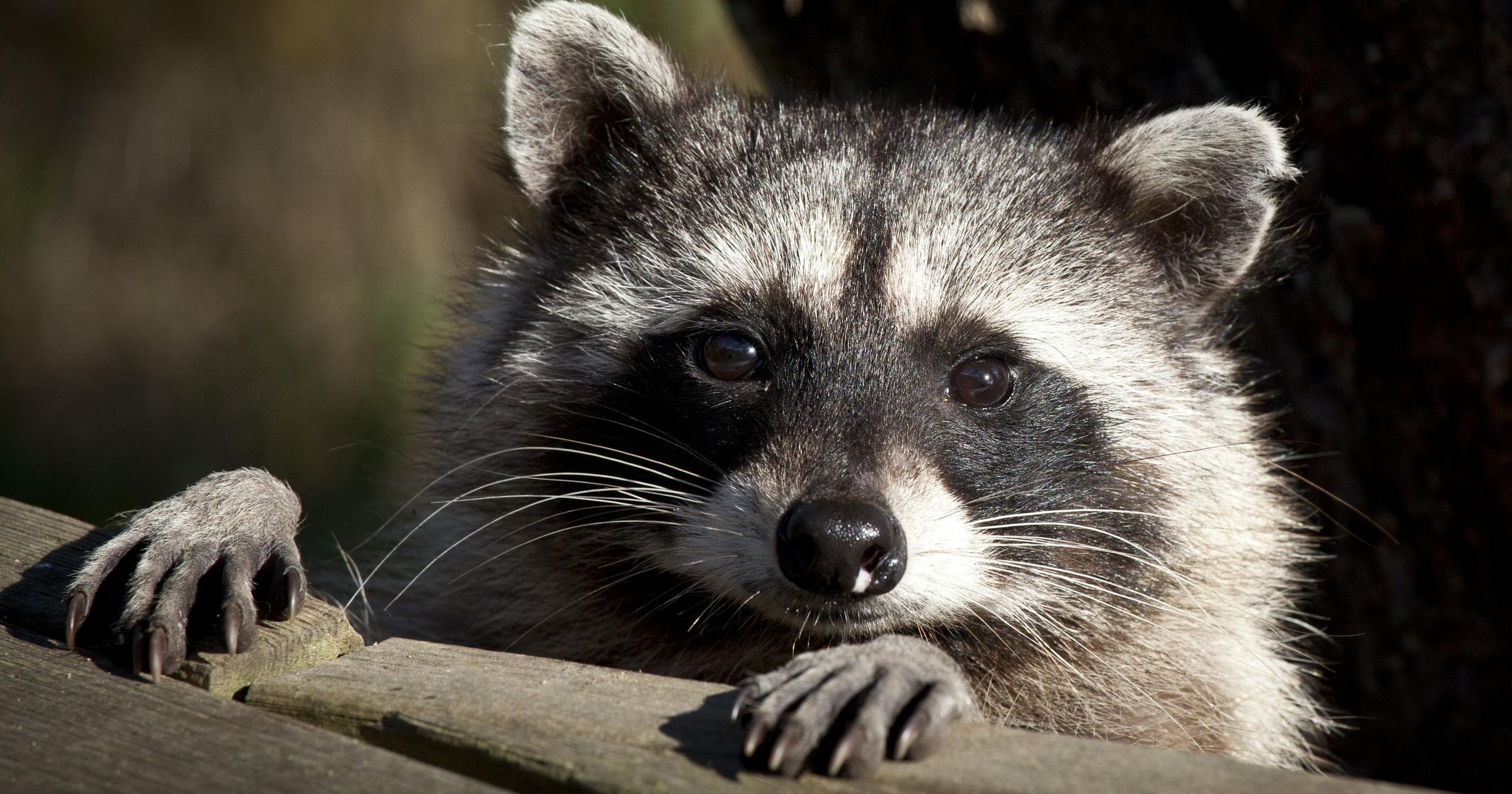Raccoon On Roof Sound

Raccoons will use trees and branches next houses to access roofs.
Raccoon on roof sound. But first you need to know how to trap that smart wild animal. Read below for the details regarding raccoon noises. Many people as us what do raccoons sound like. This whole second phase of raccoon removal was a disaster as the repair person had come against my wishes when i was not at home to repair the new hole in the roof.
That noise on your roof could be a raccoon. Or what sounds do raccoons make. It s often possible to determine the type of animal by the noises alone. The best bait.
People tend to hear. The only way to trap a raccoon is to bait a trap and put it near to the raccoon s nest. This is a good clue that you ve got a raccoon or a family of coons. Back to gallery raccoons have great looks masks bright eyes striped davy crockett tails.
If you re still not convinced that your phantom attic noises are that of a raccoon listen for vocal sounds. Large mature trees are sought after by many homeowners for their beauty and shade but large trees mean long branches that can overhang roofs. Whether it is climbing up drainpipes or walls that offer small areas where they can. Rats mice opossums and squirrels don t make vocal noises in the attic.
Removing a raccoon on the roof climbing is one of the natural instincts for the raccoon and with paws and limbs designed for scrambling up a variety of surfaces it is no surprise that raccoons are often a problem that can appear on the roof of many buildings. Raccoon rely on trees to nest and escape from predators. Typical raccoon sounds also occur when the pests walk across rooftops construct their dens or attempt to gain entry through holes or other small openings that lead to attractive denning sites. Raccoons are the largest of these animals so the sound is.
Keep tree branches trimmed to make it harder for raccoons to get on to your roof. If you can get into your attic make sure there is no light coming in indicating a way they can get in there to find shelter. If the raccoon can get into your attic which is the reason they are on the roof all you have to do is eliminate the hole they are climbing into and problem should be solved. Selling a raccoon to a captive organization would be amazing and expensive therefore if you have a raccoon in your attic consider the chance of getting 2 000 for selling it.
No other wild animal native to north america is capable of making a similar stomping noise. The sound of an animal rustling or scurrying about the attic or in the chimney is a common sign that a raccoon has moved in. Their closest cousins are bears and.

